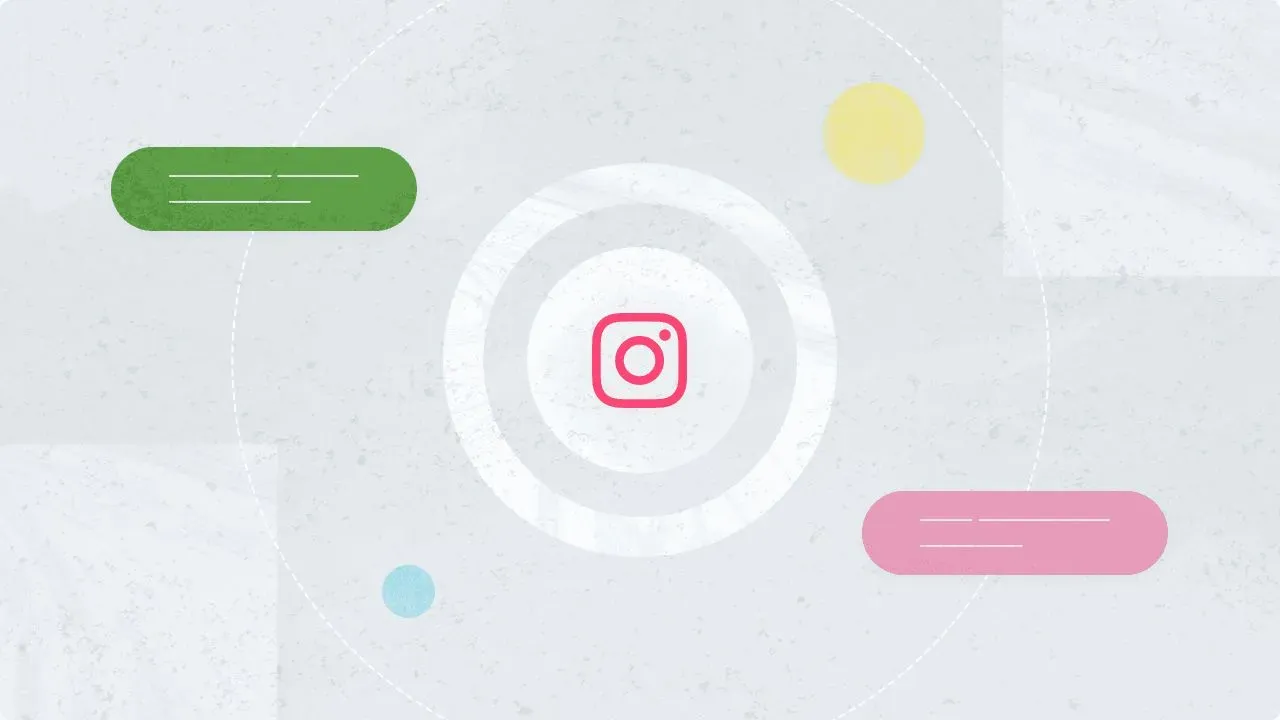Instagram has been the most versatile social media platform ever. It has evolved from a simple photo-sharing app to a media & content powerhouse. After its acquisition, Facebook has made sure to transform Instagram into an ad serving money making machine. They have achieved it by both adding new features, and refining content delivery.
While this journey seems fascinating and case study worthy, it has been a nightmare for brands and social media managers. With every new feature and every algorithm update, almost every social media strategist has to update their content calendar and adjust to the changes.
Do you want to know how to fix Instagram reach after the August 2020 update?
Instagram algorithm calculates these 6 metrics to determine content delivery:
Recency, Frequency, Following, Usage, Interests, Relations.
In this article, we are going to cover everything that Instagram has changed with the update in August 2020 along with tips about the new algorithm. We’ll share our insights about how you can use this opportunity for your brand to reach a larger audience and engage with your customers.
Everything New With Instagram In August 2020
Just when TikTok landed itself into controversies worldwide, Instagram acted quickly and made quite a lot of changes to the app to capitalize on the opportunity. Along with the introduction of 15 sec and 30 sec Reels, there have been many changes to the app. Here’s a quick summary of all the changes Instagram introduced since August 2020.
- Introduction of Reels
- Reels tab in the bottom bar
- Suggested posts
- Larger Stories icons
- Accounts filters
- Shop rollout in the USA
How To Fix Your Reach On Instagram
With the addition of the new features and changes in the content delivery on Instagram, there have been fundamental changes to the algorithm. Understanding these changes is very important for every marketer. Without the basic understanding of the way the Instagram algorithm works, it is really hard for your content to reach its maximum potential. Your reach & ROI are directly related to your understanding of the Instagram algorithm.
Know more about how to hide likes on Instagram
Gone are the days when likes and views were the game. These are the six new metrics that run the Instagram algorithm after the august 2020 update. You as a marketer need to understand how your content performs on the given criteria and work towards improving them. Let us understand each metric in detail here.
1. Recency
Even though Instagram has parted ways with its strictly chronological feed for a few years now, recency is still a criterion for content placement on Instagram. If you are competing with a competitor brand page for your audience’s attention in their feed, Instagram will prefer a recent post if all other metrics are almost similar. For example, if a prospective customer follows two clothing brands in a session, the most recent post out of the two profiles will be shown higher in the feed on the next refresh. Each post has an expiration time and every post gets maximum engagement in the first 30 mins of its posting.

2. Frequency
Everyone is aware of the effect Instagram has on people. Instagram users refresh their feed multiple times a day and even spend time exploring new content. If the users are regular, the content needs to be regular as well. Hence, frequency is the next important metric for the Instagram algorithm. You need to understand the time slots your audience is most engaging and always fill it up with new content. Or Instagram algorithm may penalize you by reducing your reach. Here’s an example. A cooking brand posts new recipes before lunch every day. The audience regularly follows the posts near noon for lunch ideas. If suddenly there is no content at noon the next day, the algorithm is forced to show similar content from other pages in the explore page or suggested posts. Once your audience starts engaging with other brand profiles, the Instagram algorithm starts favoring them over your content. Thus, a drop in reach.
The kind of content user engages with are prioritized on every session or feed refresh on Instagram.

3. Following
The more accounts people follow, the harder it gets for the Instagram algorithm to select posts for them. Even if a user follows 100 brand profiles, they still have a very limited amount of time to go through brand content apart from the posts from their friends and family. Hence Instagram algorithm carefully only shows the content that the user is most likely going to engage with. The Instagram algorithm also tries to diversify the content a bit by mixing and matching interests or even keeping some content for the next few sessions depending on the user’s patterns of browsing.

4. Usage
Instagram collects a lot of user data by constantly monitoring the patterns and activity of its users. It analyzes activity, messages, posts, media, and more of each of its users to form a model. This model is then used to create a custom feed, suggested posts, video playlist, explore page, and more to encourage the user to spend as much time in the app as possible. It does the same for content. Instagram models content performance for the type of users it performs better with and at what time. If you change the content type or post patterns, this forces the algorithm to adjust and may result in a drop in reach on Instagram.

5. Interests
As mentioned above, Instagram creates a perfect model for a user and their browsing habits. But it's not limited to that. Instagram also creates a model for a person's interests, likes, and dislikes. Instagram tries to calculate what type of content affects a user’s mood in what way. Based on this model, Instagram algorithm decides the order of feed for the users. This is the reason why niche profiles on Instagram grow quicker than profiles with generalized content. The reason behind this is it is easy for Instagram algorithm to confidently present niche content to the users it feels are interested in that topic.

6. Relations
Using messaging and engagement data Instagram also creates a model of how accounts are related to each other. This is based on the frequency of engagement as well as certain keywords and images shared in the conversations. The closer Instagram algorithm thinks a person is to the account, the higher priority it is going to give to the content in their feed. For example, if a user reacts to every story from your brand page, Instagram will make sure that the user sees your story first. This is the main reason Instagram marketers have been constantly working to generate more engagement.

If you are looking to manage and increase Instagram engagement for your brand profile, you need to try Statusbrew. Statusbrew is an all in one engagement solution for Instagram that allows your team to instantly reply to comments, hide and delete spam and more. It can all be automated using Statusbrew.
In conclusion, this is the ultimate metric list for you to know about the instagram algorithm and fix your reach after the update. Please share your experience with the new update with us in the comments below. We’d love to hear from you.




Explore the Statusbrew range of social media tools
Cancel anytime!